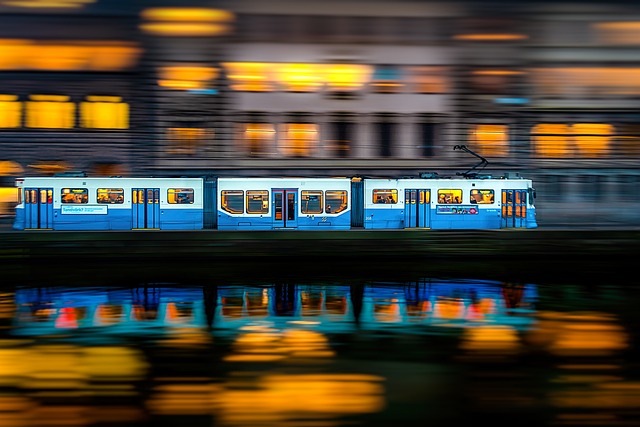Balasore — Passenger and freight trains were running again on Monday at the site of India’s deadliest train disaster in decades, which officials said was caused by failures linked to signal systems.
Trains rumbled past the debris of smashed carriages from Friday night’s crash near Balasore in the eastern state of Odisha, where at least 275 people were killed and hundreds injured.
Officials had initially reported 288 deaths, but the Odisha state government has since revised the toll to 275 after some bodies were mistakenly counted twice.
Of the 1 175 injured, 382 were still being treated in hospital, authorities said on Sunday.
However, many fear the death toll could still rise with medical centres overwhelmed by the number of casualties, many in serious condition.
Indian Railways resumed train movement on the affected tracks within 51 hours of the accident. Thank you @AshwiniVaishnaw ji rail service resume on Balasore route this happened due to your hard work and dedication,#IndianRailways pic.twitter.com/Qh4J5jX2Op
— Er Suresh Kr Sharma BJP (@ErSureshKSharma) June 5, 2023
Green netting was erected on either side of the tracks, shielding the crumpled carriages pushed down the embankment from the view of travelling passengers.
Railways minister Ashwini Vaishnaw was seen folding his hands in prayer as he saw the first train cross the site of the disaster late on Sunday.
The railways ministry said the first train, a goods train loaded with coal, started 51 hours after the crash.
It was not immediately clear if all the tracks had been fully repaired, with trains on Monday using only lines on one side.
Crowded hospitals
There was confusion about the exact sequence of events on Friday, but reports cited railway officials saying a signalling error had sent the Coromandal Express running south from Kolkata to Chennai onto a side track.
It slammed into a freight train and the wreckage derailed an express running north from India’s tech hub Bengaluru to Kolkata.
Vaishnaw said on Sunday the crash happened due to the “change that occurred during electronic interlocking”, referring to a technical term for a complex signal system designed to stop trains colliding by arranging their movement on the tracks.
“Whoever did it, and how it happened, will be found out after proper investigation,” he said.
Up-line train movement also started. pic.twitter.com/JQnd7yUuEB
— Ashwini Vaishnaw (@AshwiniVaishnaw) June 4, 2023
Prime Minister Narendra Modi visited the crash site and injured passengers in hospital on Saturday and said “no one responsible” would be spared.
Of those injured, the most critical patients had been moved to bigger hospitals in cities further away from the crash site. However, many crash survivors were still being looked after at the main government hospital in Balasore.
Gura Palai, 24, a daily labourer from Jharkhand state, suffered serious injuries to his leg and shoulder. His family was overjoyed he had survived – but worried for the future.
“He has to undergo an operation on his leg, and the doctors say that the recovery will take some time,” said his uncle, who did not give his name, standing next to his bed in a cramped orthopaedic ward alongside Palai’s wife and child.
“He is the only earning member of his young family. How will they survive?”
In a separate incident, in the Bargarh district of Odisha, a goods train operated by a private cement factory partially derailed inside the factory premises on Monday.
Indian Railways issued a statement saying it was “in no way connected” with the train.
Follow African Insider on Facebook, Twitter and Instagram
Source: AFP
Picture: Pixabay
For more African news, visit Africaninsider.com


